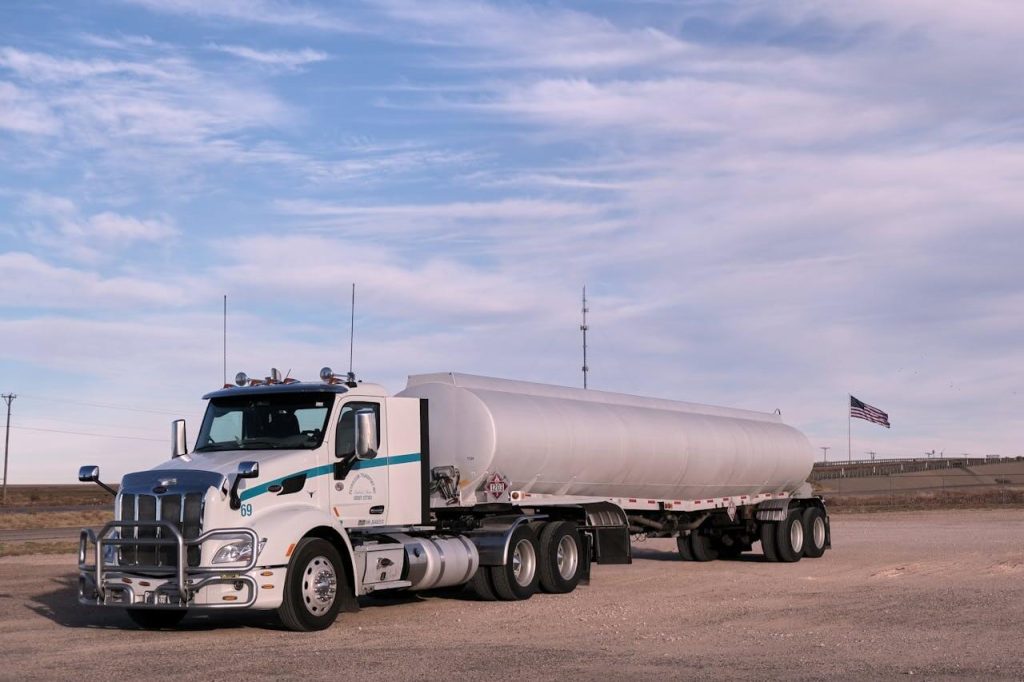
If you’ve been driving a truck for any length of time, you’re probably familiar with the concepts of recaps and 34-hour resets. However, we’re often still overrun with questions like, “how long do truck drivers have to rest,” and “how long can truck drivers drive without rest?”
In this article, we’ll take a closer look at how much rest is required and the benefits of 32-hour resets vs. recaps.
How Long Do Truck Drivers Have to Rest?
By law, according to Hours of Service (HoS) regulations set by the Federal Motor Carrier Safety Administration (FMCSA), a truck driver may do the following:
- Truckers can drive for up to 11 hours in a single day. However, their total shift must include an additional 3 hours for non-driving activities.
- Truckers can work up to 70 hours in any given week, not just from Sunday to Saturday.
- After reaching the 70-hour workweek limit, truckers must take a break of at least 34 consecutive hours before resuming work.
- Before hitting the eight-hour mark of a shift, truckers must take a 30-minute break.
Recaps vs. 34-Hour Reset Defined
If you’re new to the trucking industry, then these two terms may be somewhat confusing. Let’s attempt to unravel them so you can understand the difference between them.
A 34-hour reset is when you take a full 34 hours off driving after you’ve reached your 70-hour workweek limit. You may take this time to do whatever you like, even if that means you spend it at a truck stop catching up on laundry and watching movies.
A recap is slightly more complicated to explain. As a trucker, your workweek does not run from a given day to a given day. Instead, it works on the concept of the last eight cycles of 24 hours, however they may fall on the days.
In other words, at the end of any given day, your hours “refresh.” The number of hours you have worked over the last eight days get calculated and, if they’re less than 70 you’re free to drive.
Let’s say that you’ve driven 65 hours in the last eight days, but five of them were on the first day. At the end of the day, when those five hours fall away, you’re free to drive for ten hours since that’s what you have left in your 70-hour window.
In short, a 34-hour reset gives you 34 hours of rest. A recap gives you as many hours as there happens to be between the end of your shift and the end of the day.
Company Policies
When trying to decide between a 34-hour reset and recaps, it’s essential to remember that individual trucking companies usually have specific policies about rest periods.
At some companies, depending on the load frequency, they may prefer to keep you on recaps for as long as possible. This is mainly because they need to get as many loads delivered as soon as possible and have a limited number of drivers.
Other companies may insist upon 34-hour recaps because they believe it is the safe, responsible thing to do and they have plenty of drivers.
In the end, your preferences will always be subject to company policy.
Why Some Drivers Prefer Recaps
Some drivers try to work recaps almost continuously. It’s a valid approach as long as you drive less than nine hours a day.
The benefit to this approach is that you don’t get stuck spending 34 hours in a random location. You’re consistently busy, which is ideal if you’re someone who doesn’t deal well with inactivity.
The Downsides to Recaps
The downside here is that you never really get much time to fully unwind, relax, and do your own thing. While that isn’t a major problem if you’re only away from home for short periods, it can be problematic if you’re spending weeks on the road.
The other problem is that you have to keep your hours shorter to allow for the continuous recap cycle. This means that you may have to cut your days shorter than you’d like to.
Why Some Drivers Prefer 34-Hour Resets
The advantage to resets is that you get a full day to yourself, and you’re also likely to be better rested than you otherwise would be.
It also gives you improved flexibility over how you want to plan your routes the next week. If you like to run more miles in a day, then you can do that with a 34-hour reset. Recaps are far more limiting.
Another advantage is that this approach gives you time to explore a new area and maybe do a few activities. Either way, you’ll be able to get out of your truck for a well-deserved break.
Downsides to 34-Hour Resets
There are also a few disadvantages to 34-hour resets. For one thing, not every place where you are will be a nice place to spend 34 hours. Some truck stops are in the middle of nowhere and have no amenities.
Another thing is that it might mess up your schedules for a few days. If you have a tight delivery schedule after your break it might be more tiring than it would have been to go without the break.
Final Thoughts
In the end, it all comes down to personal preference. You need to find out which option, or combination of options, works best for you.
No matter which option you prefer, you can rely on Truck Parking Club to help you find a parking spot in the area where you’ll be resting. Register for free today.
The information published herein is for general informational purposes only. Truck Parking Club does not make any representations or warranties about the completeness, reliability, legality, and accuracy of this information. Any reliance placed on such material is strictly at the user’s own risk. Truck Parking Club shall not be responsible for any losses or damages incurred in connection with the information published herein.





